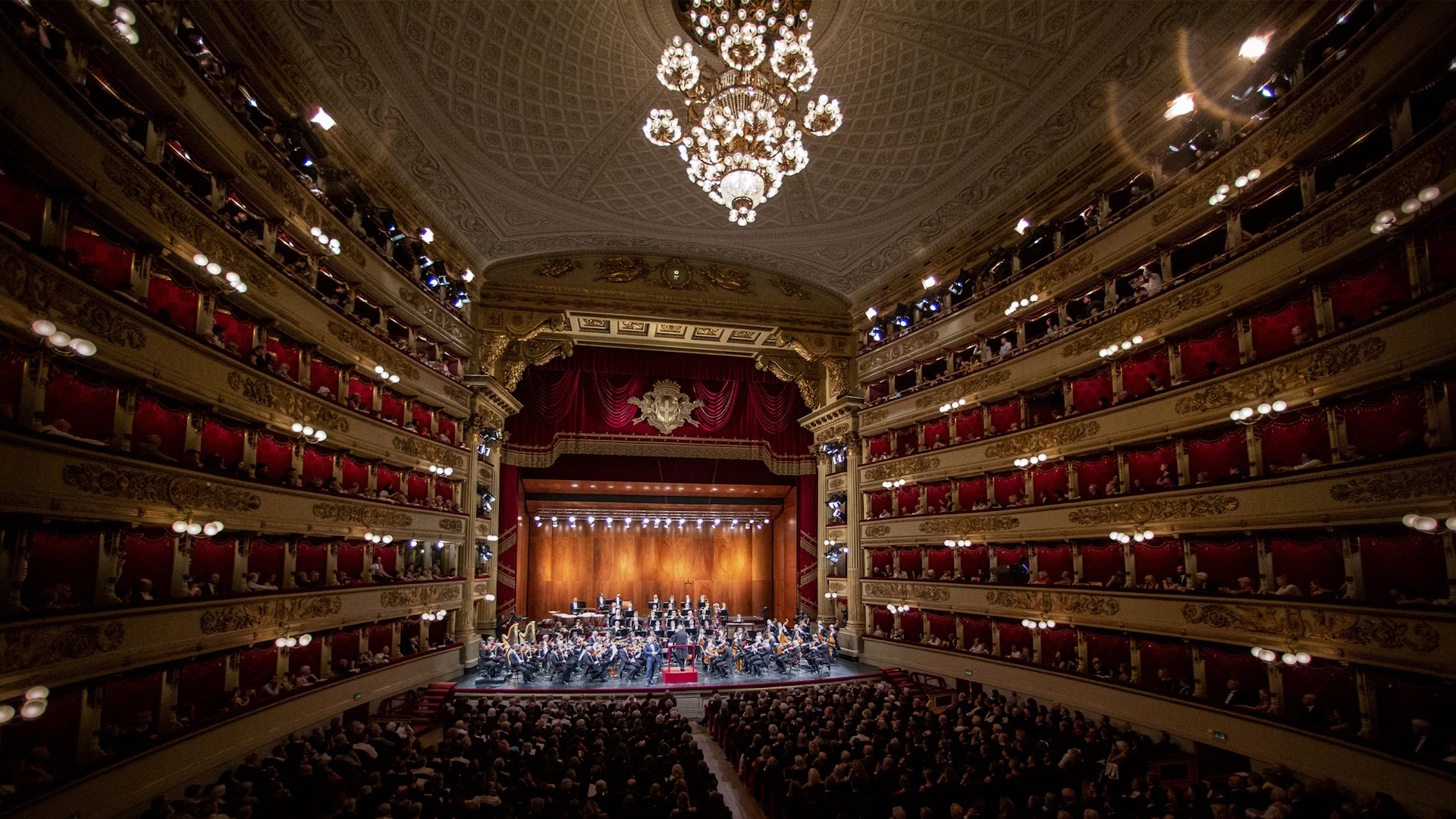
Teatro alla Scala
Milán, Italia
Acerca de
The Scala of Milan, in italian Teatro alla Scala or simply la Scala is one of the most famous opera houses in the world.
The theatre replaced the former opera house of the city, tragically destroyed by a fire in 1776 because of its wooden structure. The new building lies upon the remains of the church Santa Maria della Scala, established in 1381 by one of Visconti’s spouses: Beatrice Regina della Scala. In order to prevent another fire tragedy, la Scala, designed by Giuseppe Piermarini, was built of stones. Unfortunately, in 1943 the building was badly damaged by bombing, so la Scala as we know it today corresponds to its restorated version after Second World War.
La Scala was inaugurated on August the 3rd 1778 with Salieri’s work Europa Riconosciuta. This opera has become one of the symbols of the theatre, given that it was also chosen in 2004 for the reopening of la Scala after a long closure period of the theatre for renovation.
From the beginning of its activities to the present, la Scala has been the most important cultural, social, and political centre of Milan. It was one of the main assembly place of the past and it is undoubtedly one of the greatest "lyric temples” of all time.
Among its music directors, Arturo Toscanini, but also Tullio Serafin, Carlo Maria Giulini, and Claudio Abbado, Riccardo Muti are the most famous ones. Daniel Barenboim has been appointed music director of la Scala in October 2011. From the point of view of the production, several important operas were premiered at la Scala, notably Falstaff and Otello by Verdi.


